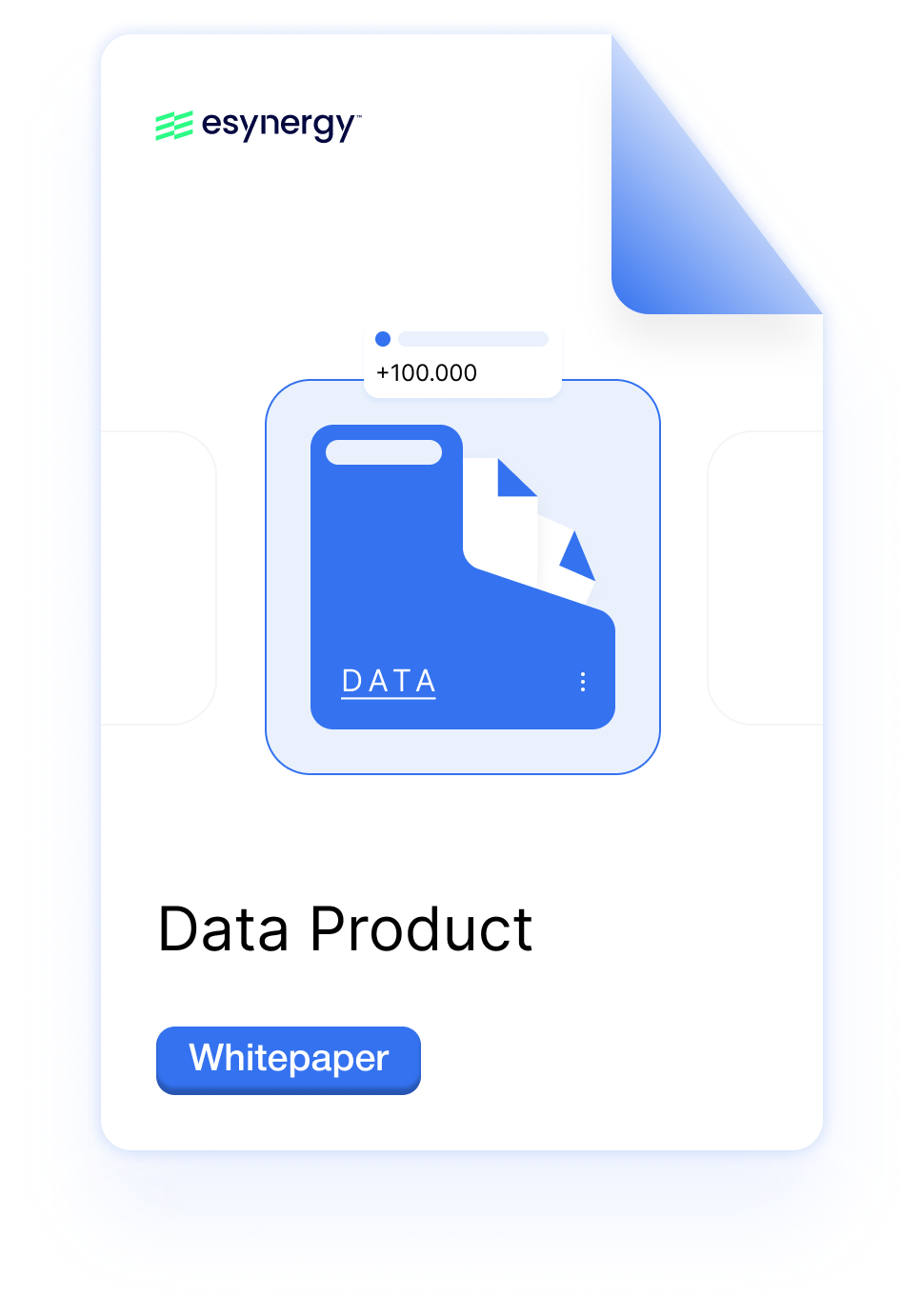Revolutionizing housing management: Clúid Housing’s digital transformation story

Cloud & Platforms
Charities
6 min read
20%
The adoption of agile methodologies and a user-centric design boosted process throughput by 20%
10%
A data-driven approach further improved throughput by an additional 10% and significantly enhanced Clúid’s business intelligence capabilities.
Clúid Housing is the leading approved housing body in Ireland, managing more than 10,000 homes, 27,000 residents, and expanding at an annual growth rate of over 10%. They embarked on a “Securing the Future” strategy and have invested in technology solutions to help deliver this strategy. This strategy aims to further improve their services, enhance resident engagement, and streamline operations within the intricate housing market.
With a firm focus on being a digital-first organization, Clúid was in search of a partner to support them through their digital transformation, increase their technology maturity, and deliver their strategy. The key to their journey was understanding how to design and implement scalable technology solutions that enable Clúid to continue to grow, deliver value for money, manage risk, and implement robust controls. esynergy, together with TechLabsLondon was selected to support Clúid in this endeavor to develop their enterprise architecture capability and technology roadmap. Implementing a new Housing Management System (HMS) was the first project in this roadmap.
Technology Approach
To establish a robust enterprise architecture, we initiated a strategic end-to-end review of Clúid’s business strategy and technology estate. The enterprise architecture encompasses an assessment across the technology stack with a focus on functionality alongside infrastructure, security, data, risk, integration, and delivery requirements. This has resulted in a robust transformation roadmap that considers the interdependencies, timelines, and delivery capability.
The implementation of the new HMS benefits from this holistic, future-proofed view. Key design decisions adhere to architecture principles that considers integration, future applications, functionality, innovation, and transformation approaches. Through implementation of the data architecture, focus on data quality and availability is key to providing users with insights to inform effective decision-making. Functionality is prioritized and delivered using agile methodologies to ensure continued focus on business benefits whilst adhering to the program timelines and budget.
As a not for profit, funded in part by resident rent and government loans, we have a responsibility to have robust systems in place to manage our 10,000 homes effectively and efficiently. Having identified areas for improvement, we worked closely with esynergy and Tech Labs London to develop an enterprise architecture fit for the future. This laid the foundation for the new Housing Management System, a system that is making processes easier, inspiring confidence in Clúid staff and improving services to our 28,000 residents. We’re already seeing the benefits and, with a solution that will grow in line with our future requirements, we can better leverage technology to serve our residents’ changing needs.
Cora O'Brien
CIO
Clúid Housing
Value
The transition to a more secure and scalable HMS platform fortified Clúid’s IT infrastructure and has created the foundations to enable efficient delivery of the rest of the roadmap. These contributions were instrumental in actualizing Clúid’s “Securing the Future” strategy, setting a benchmark for future digital transformation endeavors within the housing sector.
20%
Operational optimization
The adoption of agile methodologies and a user-centric design boosted process throughput by 20%
10%
Data-driven approach
A data-driven approach further improved throughput by an additional 10% and significantly enhanced Clúid’s business intelligence capabilities.
Cloud & Platforms
Charities
Take your business to the next level!
Find out more on how we can help you build your product, platform, or service

Igniting Technological Innovation




